Dengue survey paints grim picture for 2024
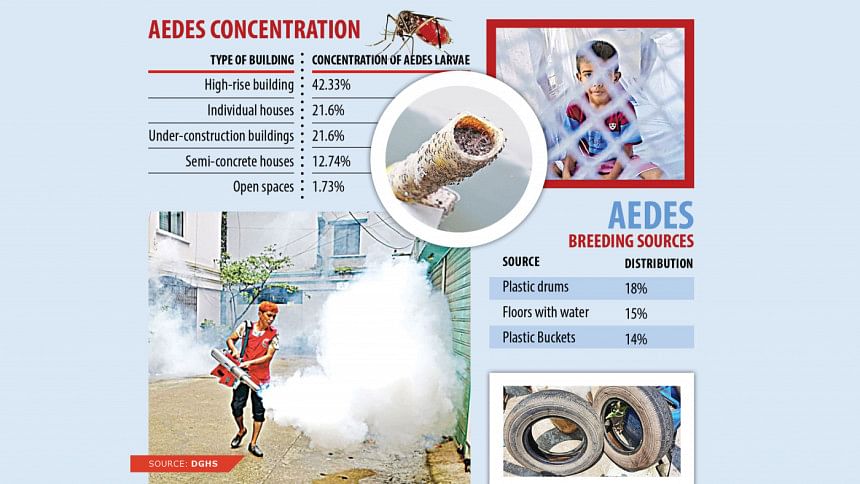
After last year witnessed the highest number of dengue fatalities, it seemed the situation couldn't get any worse. However, dengue fatalities this year till May are already 21 more than the same period last year, indicating the worst is yet to come.
A recent pre-monsoon survey by the Directorate General of Health Services, conducted from April 17 to April 26, found a high density of Aedes mosquito larvae in 29 wards of Dhaka South City Corporation and 12 wards of Dhaka North City Corporation.
The survey inspected 3,152 houses across 99 wards of the two city corporations and found Aedes mosquito larvae in 463 houses.
The risky wards in DSCC are 1, 2, 3, 4, 5, 8, 9, 13, 15, 16, 17, 18, 19, 23, 26, 27, 28, 35, 39, 42, 43, 47, 52, 53, 54, 56, 57, 58, and 61.
The risky wards in DNCC are 1, 5, 12, 13, 17, 20, 29, 30, 32, 33, 35, and 36.
Presenting the survey report at Shasthya Bhaban, Prof Dr Sheikh Daud Adnan, line director of Communicable Disease Control at DGHS, emphasised the urgent need to control Aedes mosquitoes by destroying their breeding sources.
Responding to a question about partial data collection of dengue patients, Dr Md Robed Amin, line director of Non-Communicable Disease Control at DGHS, said they are holding meetings with private hospitals to introduce an online system for collecting data on outdoor patients.
He also said they will introduce the system in both government and private hospitals shortly.
According to the DGHS data, 2,795 dengue patients were hospitalised across the country by May 28, while 35 died. The number of dengue deaths till May last year was 13.
Last year, dengue claimed 1,705 lives, making it the deadliest year on record.
HIGH-RISE BUILDINGS RISKY
Among the Aedes larvae-positive houses, 42.33 percent are high-rise buildings, 21.6 percent are individual houses, 21.6 percent are under-construction buildings, 12.74 percent are semi-concrete houses and 1.73 percent are open spaces.
In DSCC, the two most risky areas are wards 13 and 4, with Breteau index (BI) of 73.33 and 46.67, respectively.
BI is a measure of mosquito infestation, calculated as the number of containers with any larvae divided by the total number of inspected households, multiplied by 100.
To put things into context, BI above 10 is risky and BI above 20 is very risky.
In DNCC, wards 12, 13, and 20 had the highest concentrations of Aedes larvae, with BI values of 43.33 and 40, respectively.
Among Aedes breeding sources, 18 percent were found in plastic drums, 15 percent in floors with retained water, and 14 percent in plastic buckets.
EXPERTS' SUGGESTIONS
Entomologist Kabirul Bashar from Jahangirnagar University warned that the high densities of Aedes mosquito larvae in Dhaka's city corporations indicate the situation could worsen during the monsoon if immediate measures are not taken.
Recent rains have exacerbated the situation by creating new breeding sources, he added.
Bashar suggested hotspot management across the country, focusing on the addresses of dengue patients.
Entomologist GM Saifur Rahman said the lack of an active mosquito control programme is a major issue, warning that without such measures, controlling the spread of dengue will be impossible, leading to a surge in hospitalisations.

 For all latest news, follow The Daily Star's Google News channel.
For all latest news, follow The Daily Star's Google News channel. 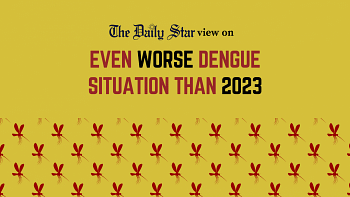



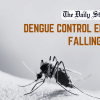
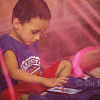
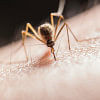
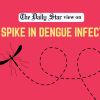
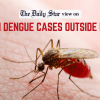

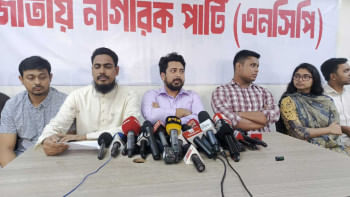
Comments